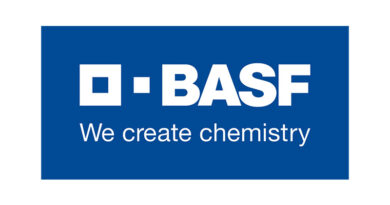Norway contributes $9.6 million of flexible funding to boost FAO’s response to most severe crises and emergencies
01 November 2022, Rome: Norway has contributed $9.6 million to boost FAO’s capacity to pre-empt and respond to humanitarian crises and emergencies, representing one of the largest unearmarked funding of its kind to date.
The contribution will be channelled through FAO’s Special Fund for Emergency and Rehabilitation Activities (SFERA) which is a pooled funding mechanism with streamlined procedures to receive flexible contributions from donors and allocate them where and when they are most needed.
In today’s context of rising food insecurity, the need for timely, flexible and predictable funding through SFERA has never been greater. According to the latest FAO-WFP report, up to 222 million people have been experiencing high acute food insecurity this year – one in five of whom have so little to eat that they face an immediate threat of severe malnourishment and death. A further nearly one million people will effectively be in famine-like conditions without urgent humanitarian assistance in five countries: Afghanistan, Ethiopia, Somalia, South Sudan and Yemen.
The outlook for global acute food insecurity in 2022 is expected to deteriorate further, particularly due to the impacts of the war in Ukraine on global food, energy and fertilizer prices and supplies.
“We would like to thank the Government of Norway for this generous and timely contribution,” said FAO Director-General QU Dongyu. “As needs continue to outpace resources, it is vital to commit funds strategically. Timing and scale are key to FAO’s efforts to counter growing acute food insecurity levels. This contribution will enable rapid, flexible and effective assistance.”
“We want to strengthen the connection between humanitarian efforts and long-term food security. The fact that food can still be produced during crises can reduce future humanitarian needs,” said Minister of International Development of Norway Anne Beathe Tvinnereim. “The support to FAO can, for example, contribute to local farmers getting access to seeds or fertilizers and effectively take advantage of the planting season”.
Supporting agriculture is vital in times of crises
During a crisis, if an effective agriculture‑based response is delayed, rural communities often suffer a cascading effect of further losses that plunge them deeper into hunger, poverty and reliance on external aid.
Between 60 and 80 percent of people in high acute food insecurity are farmers, herders, fishers and foresters reliant on agriculture for their survival. Their natural resource-based livelihoods are most affected by natural hazards, transboundary pests and diseases, socioeconomic shocks, conflict and protracted crises. During a crisis, many productive assets such as seeds, livestock and fishing gear are lost.
FAO’s first priority is to protect agricultural livelihoods ahead of forecast shocks whenever possible and restore the ability of rural families to produce their own food and rebuild their lives and livelihoods as quickly as possible, while strengthening their resilience. Investing in agriculture and rural livelihoods is seven to ten times more cost effective and sustainable than direct food assistance.
Since SFERA’s inception in 2004, FAO has received $335 million in contributions to the special fund. Thanks to these contributions, FAO supported 45 countries last year through allocations and advances amounting to a total of more than $42 million, originating from a pool of 39 resource partners.
Also Read: Cargill to enter into joint venture to increase production capacity in Ecuador’s shrimp feed market
(For Latest Agriculture News & Updates, follow Krishak Jagat on Google News)















